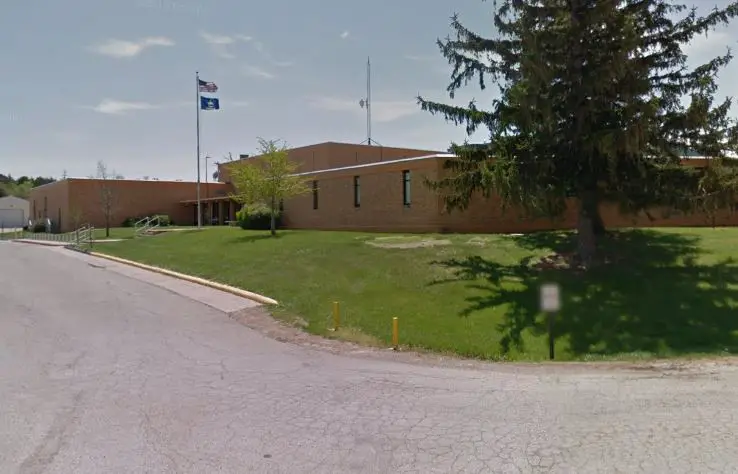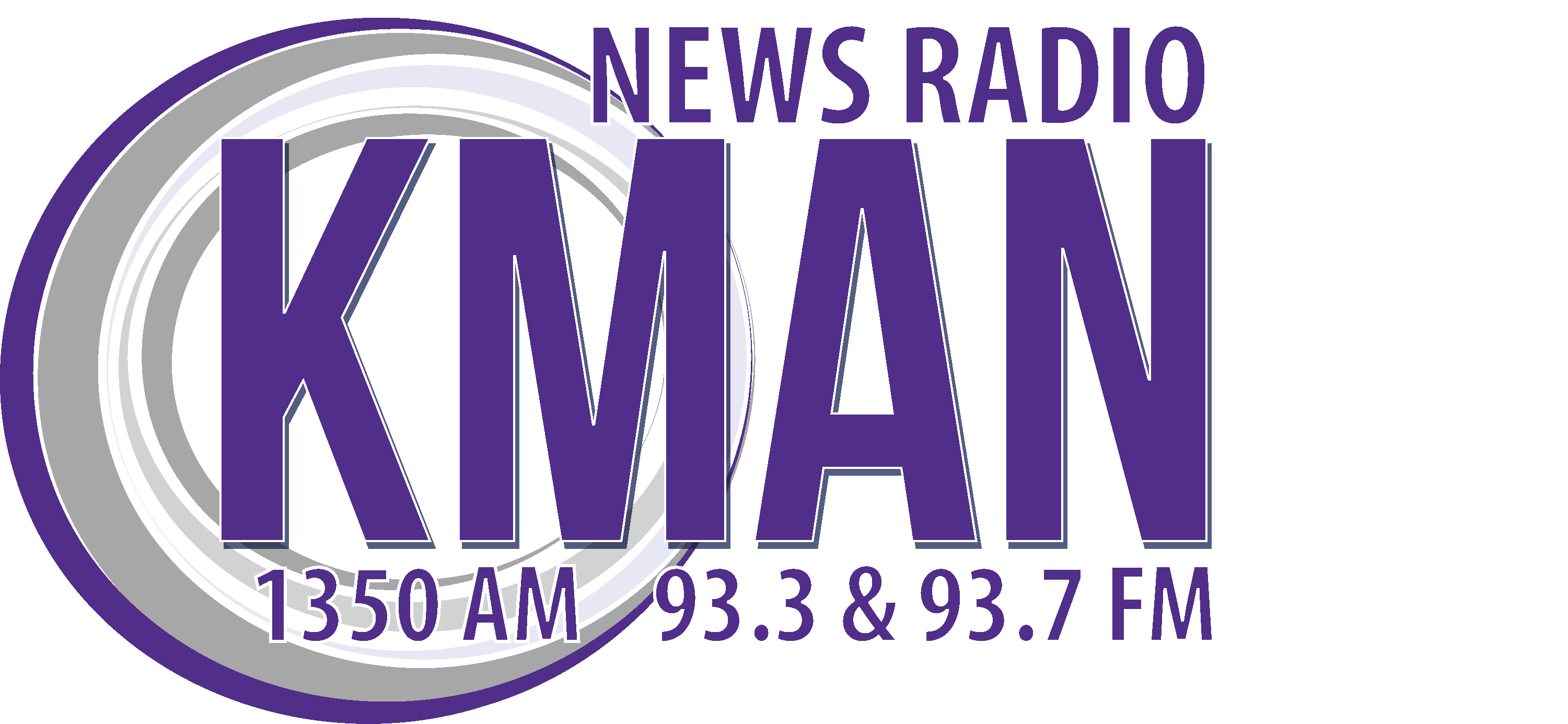
Blue Valley-Randolph USD 384 was unable to fill an open position for a high school math teacher this year.
Superintendent Brady Burton said during Wednesday morning’s edition of KMAN’s In Focus that it was the first time in 14 years USD 384 couldn’t fill an open position. He said it’s part of a larger trend in Kansas for small districts that struggle to hire teachers.
Most districts post their positions on the Kansas Educational Employment Board website, which still had 443 unfilled jobs in K-12 education listed as of Tuesday.
“We were even offering a $5,000 signing bonus and additional step [increases to their wages annually],” Burton said.
In the interim, they’ve been filling in the gap by engaging students in programs at the Greenbush Southeast Kansas Education Service Center. Burton said it’s a blended learning program where students have in-class instruction two days per week with the other three being online learning supervised by a staff member.
“It’ll go fine,” said Burton. “We’re also advertising to try to fill that, maybe we’ll find somebody next semester that’s graduating that we can move into that [position].”
Burton said that though finding teachers has been “a real problem for all districts in Kansas,” USD 384 has fared better than many small districts in Kansas due to their proximity to K-State and Manhattan.
“People want to live in this area,” Burton said. “A lot of K-State grads want to stay here, a lot of grads who left want to come back and be around K-State and be around the athletics and what K-State has to offer with the arts.”
Riley County USD 387 Superintendent Cliff Williams was also on air with Burton Wednesday morning. He said that they partner with USD 384 and share multiple teachers and a social worker to provide vital needs, but said it can be a challenge to attract applicants needed to keep districts functioning.
“We’re going to have to be creative to keep the schools open,” Williams said.
Burton also said they’ve seen an increase in teachers who commute to their schools compared to past trends.
“Probably 30 to 40 percent of our teachers live in Manhattan and drive [to work]as well as other places,” said Burton. “We have teachers that live in Riley, we have teachers that live in Hanover — it’s not unusual to see people driving 30 to 45 minutes anymore.”
The difficulties attracting new hires extends to non-faculty classified school employees as well.
“It’s a challenge to find bus drivers and cooks and custodians,” Williams added.
Ultimately, Burton said he thinks the state is at a “crossroads” regarding education and that the lack of teachers is biggest negatives schools are facing.

